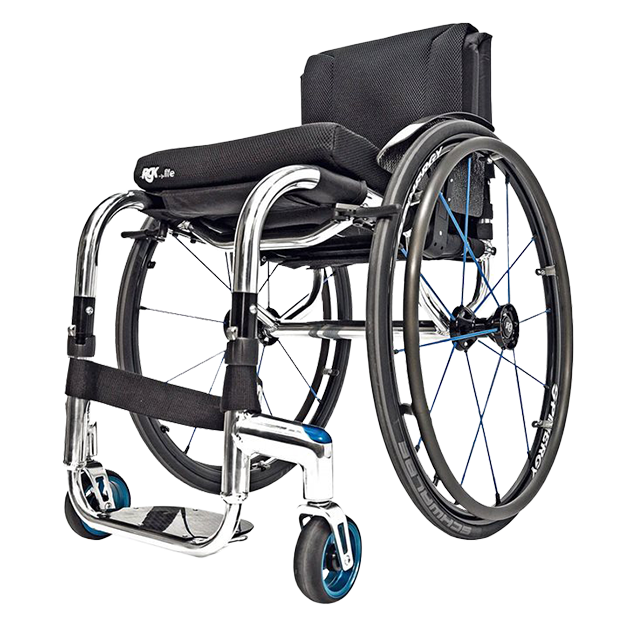Lumbar disc disease, also known as degenerative disc disease, is a common condition that affects the intervertebral discs in the lower back. These discs function as shock absorbers between the vertebrae, providing support and flexibility to the spine. Over time, these discs can wear down or become damaged, resulting in pain, inflammation, and decreased mobility. While lumbar disc disease is a natural part of the aging process, it can have a significant impact on an individual's quality of life. This article will discuss the mobility issues associated with lumbar disc disease and offer strategies for managing these challenges to maintain an active and fulfilling lifestyle.
Mobility Issues in Lumbar Disc Disease
Lumbar disc disease can lead to a range of mobility issues due to pain, inflammation, and structural changes in the spine. The main mobility challenges include:
Pain and stiffness
Individuals with lumbar disc disease often experience pain and stiffness in the lower back, which can limit their ability to bend, twist, or move freely. This can make it difficult to perform daily activities that require flexibility, such as tying shoes or lifting objects.
Muscle weakness
Lumbar disc disease can cause muscle weakness in the lower extremities, making it challenging to walk, climb stairs, or perform other activities that require strength and coordination.
Sciatica
In some cases, lumbar disc disease can lead to sciatica, a condition characterized by pain, numbness, or tingling that radiates down the leg. This can further limit mobility and contribute to an increased risk of falls and injuries.
Strategies for Addressing Mobility Challenges in Lumbar Disc Disease
There are several strategies that individuals with lumbar disc disease and their healthcare providers can implement to address mobility challenges:
Pain management
Effective pain management is crucial for improving mobility and quality of life in individuals with lumbar disc disease. Treatment options may include over-the-counter pain relievers, prescription medications, hot or cold therapy, or alternative therapies such as acupuncture or massage.
Physical therapy
Physical therapy can help individuals with lumbar disc disease improve their strength, flexibility, and posture. A physical therapist can develop a personalized exercise program that targets the specific needs and limitations of the individual, focusing on core strengthening, flexibility exercises, and low-impact aerobic activities.
Assistive devices
In some cases, individuals with lumbar disc disease may benefit from using assistive devices such as lumbar support belts, braces, or ergonomic chairs. These devices can provide additional support and stability, helping to alleviate pain and improve mobility.
Lifestyle modifications
Making lifestyle changes can have a significant impact on the overall management of lumbar disc disease. This may include maintaining a healthy weight, practicing good posture, and avoiding activities that exacerbate pain or place undue stress on the spine.
Surgical intervention
In severe cases or when conservative treatments fail to provide relief, surgical intervention may be recommended. This can include minimally invasive procedures such as microdiscectomy or more extensive surgeries like spinal fusion. The appropriate surgical option will depend on the individual's specific condition and the underlying cause of their lumbar disc disease.
Conclusion
Lumbar disc disease can significantly impact an individual's mobility and quality of life. However, with appropriate interventions and support, these challenges can be managed. By working with healthcare professionals and implementing the strategies discussed above, individuals with lumbar disc disease can maintain an active and fulfilling lifestyle despite their condition.





